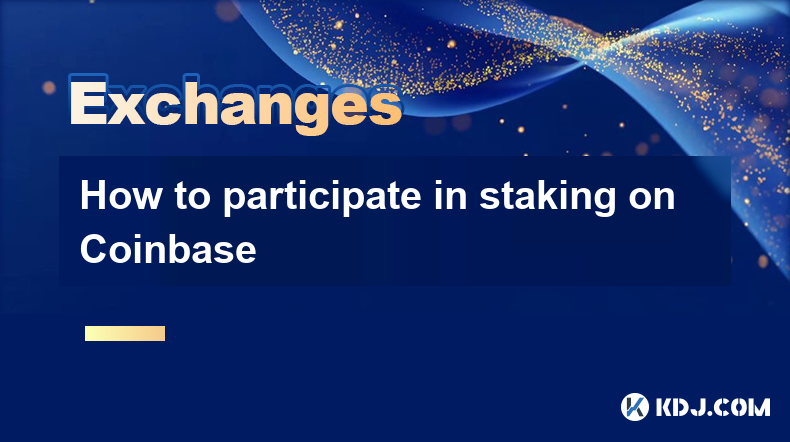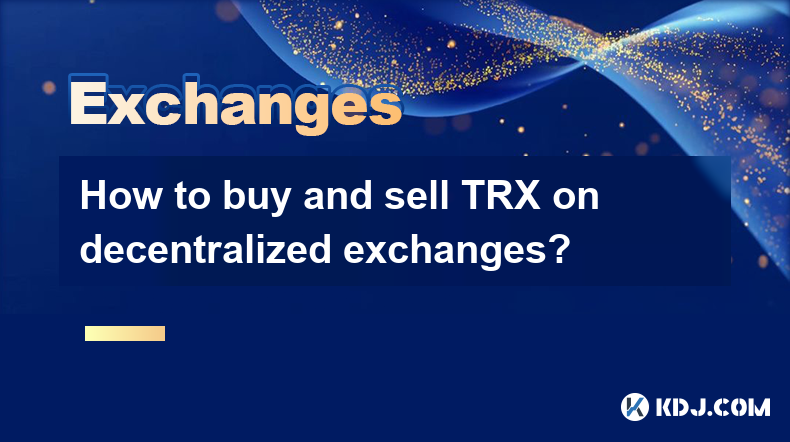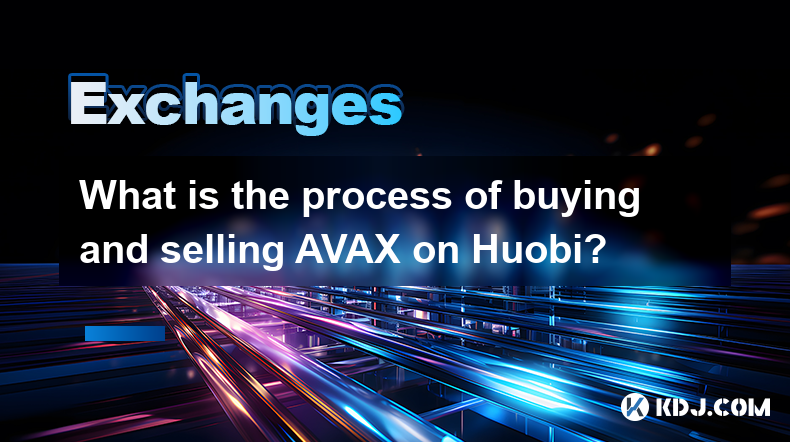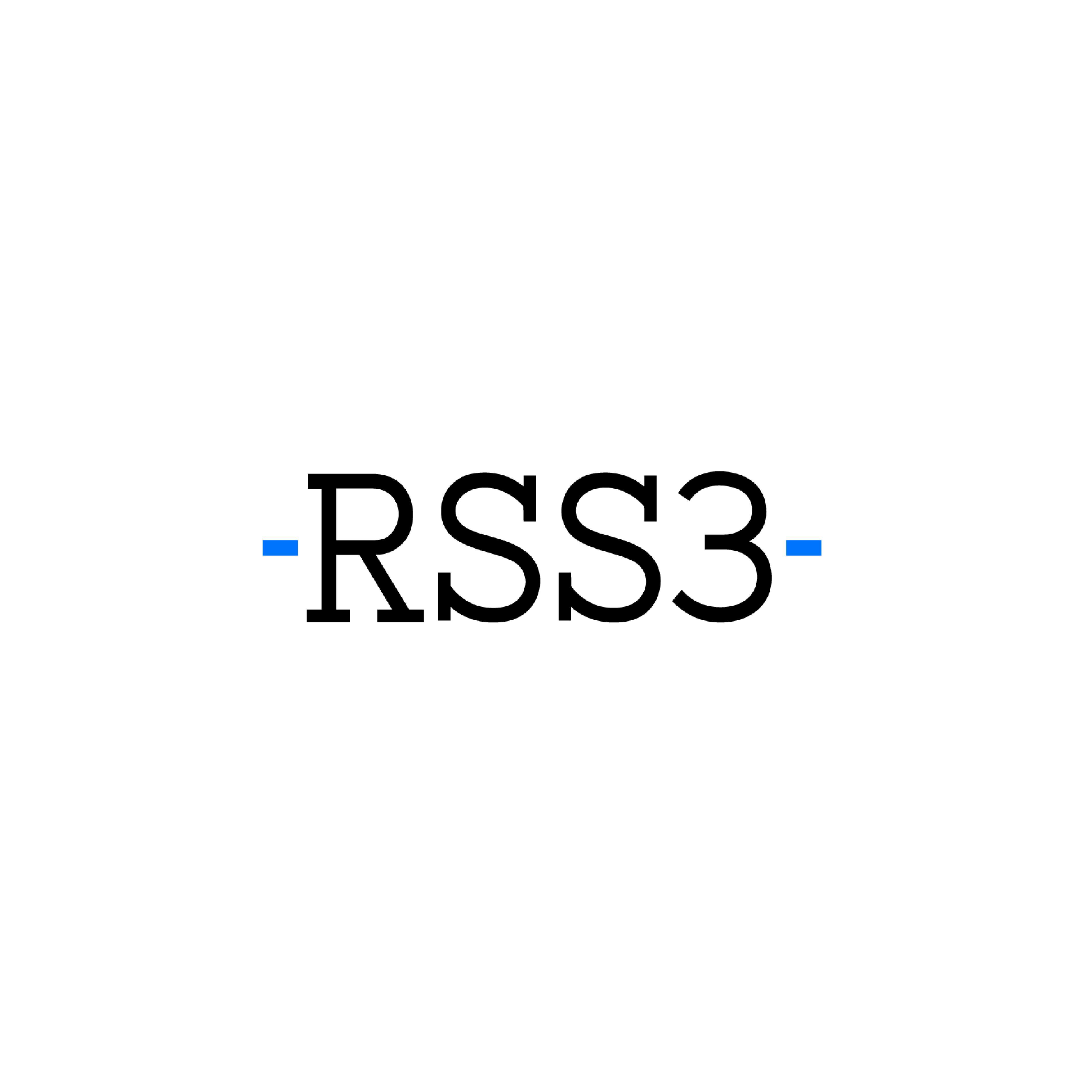-
 Bitcoin
Bitcoin $84,514.1750
0.43% -
 Ethereum
Ethereum $1,592.3644
0.42% -
 Tether USDt
Tether USDt $0.9999
0.02% -
 XRP
XRP $2.0784
-0.80% -
 BNB
BNB $592.3913
0.98% -
 Solana
Solana $134.5627
2.18% -
 USDC
USDC $0.9999
0.00% -
 Dogecoin
Dogecoin $0.1566
0.70% -
 TRON
TRON $0.2435
-1.92% -
 Cardano
Cardano $0.6196
0.09% -
 UNUS SED LEO
UNUS SED LEO $9.1443
0.41% -
 Chainlink
Chainlink $12.6177
1.51% -
 Avalanche
Avalanche $19.1279
-0.07% -
 Toncoin
Toncoin $3.0098
1.82% -
 Stellar
Stellar $0.2440
2.00% -
 Shiba Inu
Shiba Inu $0.0...01208
2.39% -
 Hedera
Hedera $0.1656
3.48% -
 Sui
Sui $2.1327
2.01% -
 Bitcoin Cash
Bitcoin Cash $342.4313
3.75% -
 Polkadot
Polkadot $3.7227
2.67% -
 Litecoin
Litecoin $75.9959
1.54% -
 Hyperliquid
Hyperliquid $16.7886
2.49% -
 Dai
Dai $1.0000
0.01% -
 Bitget Token
Bitget Token $4.3774
0.71% -
 Ethena USDe
Ethena USDe $0.9991
0.01% -
 Pi
Pi $0.6202
2.28% -
 Monero
Monero $216.8067
0.20% -
 Uniswap
Uniswap $5.2136
0.81% -
 Pepe
Pepe $0.0...07185
0.00% -
 OKB
OKB $50.3686
-0.17%
How to participate in staking on Coinbase
Staking on Coinbase lets you earn rewards by holding supported cryptocurrencies like ETH, ADA, and SOL; the platform manages the process for easy passive income.
Apr 06, 2025 at 02:28 am

Staking on Coinbase allows you to earn rewards by holding certain cryptocurrencies in your account. This process involves locking up your assets to support the operations of a blockchain network, and in return, you receive additional tokens as rewards. Coinbase simplifies this process, making it accessible even to those new to cryptocurrency. To get started, you'll need to have an account with Coinbase and hold one of the supported cryptocurrencies. The platform handles the technical aspects of staking, so you don't need to manage nodes or validators yourself.
To begin staking on Coinbase, you first need to ensure you have an account. If you don't have one, you can sign up on their website. Once your account is set up and verified, you'll need to deposit one of the supported cryptocurrencies into your Coinbase wallet. Currently, Coinbase supports staking for several cryptocurrencies, including Ethereum (ETH), Cardano (ADA), and Solana (SOL). After depositing your chosen cryptocurrency, you can navigate to the staking section of the Coinbase platform to start earning rewards.
Supported Cryptocurrencies for Staking on Coinbase
Coinbase supports staking for a variety of cryptocurrencies, each with its own reward structure and requirements. Here are some of the cryptocurrencies you can stake on Coinbase:
- Ethereum (ETH): With the transition to Ethereum 2.0, staking ETH has become a popular way to earn rewards. Coinbase handles the staking process, and you can earn up to 5% APY on your staked ETH.
- Cardano (ADA): Staking ADA on Coinbase can yield around 3-5% APY. Cardano uses a proof-of-stake consensus mechanism, and Coinbase simplifies the process for users.
- Solana (SOL): Solana offers high transaction speeds and low fees, and staking SOL on Coinbase can earn you around 5-7% APY.
- Tezos (XTZ): Staking Tezos on Coinbase can provide around 5% APY. Tezos uses a liquid proof-of-stake model, allowing for more flexibility in staking.
How to Start Staking on Coinbase
Starting to stake on Coinbase is straightforward. Here are the steps you need to follow:
- Log into your Coinbase account: Ensure you are logged into your verified Coinbase account.
- Navigate to the staking section: You can find the staking section under the "Earn" tab on the Coinbase platform.
- Select the cryptocurrency you want to stake: Choose from the list of supported cryptocurrencies like ETH, ADA, SOL, or XTZ.
- Deposit the cryptocurrency into your Coinbase wallet: If you don't already have the cryptocurrency in your wallet, you'll need to buy or transfer it to Coinbase.
- Enable staking: Once you have the cryptocurrency in your wallet, you can enable staking. Coinbase will automatically start the staking process for you.
Understanding Staking Rewards on Coinbase
Staking rewards on Coinbase vary depending on the cryptocurrency you choose to stake. The rewards are typically calculated as an Annual Percentage Yield (APY), which represents the annual rate of return on your staked assets. For example, if you stake Ethereum on Coinbase, you might earn around 5% APY. This means that for every 100 ETH you stake, you could earn approximately 5 ETH in rewards over the course of a year.
The rewards are distributed periodically, usually on a weekly or monthly basis, and are automatically added to your Coinbase wallet. It's important to note that the APY can fluctuate based on network conditions and the total amount of cryptocurrency staked on the network. Coinbase takes a small fee for managing the staking process, but this is typically factored into the APY you see on their platform.
Benefits of Staking on Coinbase
Staking on Coinbase offers several benefits that make it an attractive option for cryptocurrency holders. One of the primary benefits is the ease of use. Coinbase handles all the technical aspects of staking, so you don't need to set up and manage your own validator nodes. This makes staking accessible to a wider audience, including those who may not have the technical expertise to stake on their own.
Another benefit is the potential for passive income. By staking your cryptocurrencies on Coinbase, you can earn additional tokens without having to actively trade or invest. This can be a great way to grow your cryptocurrency holdings over time. Additionally, Coinbase provides a secure platform for staking, with robust security measures in place to protect your assets.
Risks and Considerations of Staking on Coinbase
While staking on Coinbase offers many benefits, there are also some risks and considerations to keep in mind. One of the main risks is the volatility of cryptocurrency prices. The value of your staked assets can fluctuate, which can impact the overall value of your rewards. Additionally, while Coinbase handles the technical aspects of staking, there is always a risk of technical issues or network downtime that could affect your ability to stake or earn rewards.
Another consideration is the lock-up period for staked assets. Some cryptocurrencies require you to lock up your assets for a certain period, which means you won't be able to sell or transfer them during that time. This can be a risk if you need access to your funds quickly. Finally, while Coinbase takes a small fee for managing the staking process, this fee can impact the overall return on your staked assets.
How to Withdraw Staked Assets from Coinbase
If you decide to stop staking your assets on Coinbase, you can easily withdraw them. Here's how to do it:
- Navigate to the staking section: Go to the "Earn" tab on the Coinbase platform where you enabled staking.
- Select the cryptocurrency you want to withdraw: Choose the cryptocurrency you have staked and want to withdraw.
- Disable staking: Click on the option to disable staking for that cryptocurrency. This will stop the staking process.
- Wait for the unstaking period: Some cryptocurrencies have an unstaking period, during which your assets are still locked up. This period can vary depending on the cryptocurrency.
- Withdraw your assets: Once the unstaking period is over, you can withdraw your assets to your Coinbase wallet or transfer them to another wallet.
Maximizing Your Staking Rewards on Coinbase
To maximize your staking rewards on Coinbase, there are several strategies you can employ. First, consider diversifying your staked assets across multiple cryptocurrencies. This can help you take advantage of different reward rates and reduce the risk associated with any single cryptocurrency. Second, keep an eye on the APY rates for each cryptocurrency. These rates can change over time, so it's a good idea to periodically review your staking strategy and adjust as needed.
Another strategy is to reinvest your staking rewards. By automatically reinvesting your rewards back into the same cryptocurrency, you can compound your earnings over time. This can significantly increase your overall returns. Finally, stay informed about the latest developments in the cryptocurrencies you are staking. Network upgrades or changes in staking policies can impact your rewards, so staying up-to-date can help you make informed decisions.
Common Questions About Staking on Coinbase
Q: What is staking on Coinbase?
A: Staking on Coinbase is a process where you lock up your cryptocurrencies to support the operations of a blockchain network. In return, you earn additional tokens as rewards. Coinbase simplifies this process, handling the technical aspects so you can easily participate and earn rewards.
Q: Which cryptocurrencies can I stake on Coinbase?
A: Coinbase supports staking for several cryptocurrencies, including Ethereum (ETH), Cardano (ADA), Solana (SOL), and Tezos (XTZ). Each cryptocurrency has its own reward structure and requirements.
Q: How do I start staking on Coinbase?
A: To start staking on Coinbase, you need to log into your account, navigate to the staking section under the "Earn" tab, select the cryptocurrency you want to stake, deposit it into your Coinbase wallet, and enable staking. Coinbase will then automatically start the staking process for you.
Q: What are the benefits of staking on Coinbase?
A: The benefits of staking on Coinbase include ease of use, potential for passive income, and a secure platform. Coinbase handles all the technical aspects of staking, making it accessible to a wider audience and allowing you to earn additional tokens without active trading.
Q: Are there any risks associated with staking on Coinbase?
A: Yes, there are risks associated with staking on Coinbase. These include the volatility of cryptocurrency prices, potential technical issues or network downtime, and lock-up periods for staked assets. Additionally, Coinbase takes a small fee for managing the staking process, which can impact your overall returns.
Q: How can I withdraw my staked assets from Coinbase?
A: To withdraw your staked assets from Coinbase, navigate to the staking section, select the cryptocurrency you want to withdraw, disable staking, wait for the unstaking period if applicable, and then withdraw your assets to your Coinbase wallet or transfer them to another wallet.
Q: How can I maximize my staking rewards on Coinbase?
A: To maximize your staking rewards on Coinbase, consider diversifying your staked assets, keeping an eye on APY rates, reinvesting your rewards, and staying informed about the latest developments in the cryptocurrencies you are staking. These strategies can help you optimize your returns over time.
Disclaimer:info@kdj.com
The information provided is not trading advice. kdj.com does not assume any responsibility for any investments made based on the information provided in this article. Cryptocurrencies are highly volatile and it is highly recommended that you invest with caution after thorough research!
If you believe that the content used on this website infringes your copyright, please contact us immediately (info@kdj.com) and we will delete it promptly.
- Binance Remains the Top Crypto Exchange Despite Market Challenges in Q1 2025
- 2025-04-18 22:10:13
- Justin Sun Stands Firm on Ethereum Amid Market Dip
- 2025-04-18 22:10:13
- Ethereum (ETH) market trends have changed as big players made significant operations across the exchanges.
- 2025-04-18 22:05:13
- Binance Coin (BNB) is on track to reclaim one of its most fundamental price levels
- 2025-04-18 22:05:13
- The Ultimate Guide to Making Spectacular Profits by Investing in Ethereum (ETH) and Mutuum Finance (MUTM)
- 2025-04-18 22:00:12
- BYDFi Launches New Web3 Product—MoonX, a Smart Trading Tool Specifically Designed for MemeCoin Investors
- 2025-04-18 22:00:12
Related knowledge

How to buy and sell TRX on decentralized exchanges?
Apr 18,2025 at 08:08pm
Introduction to TRX and Decentralized ExchangesTRX, or Tron, is a popular cryptocurrency that aims to build a decentralized internet and entertainment ecosystem. Decentralized exchanges (DEXs) offer a way to trade cryptocurrencies like TRX without the need for a central authority, providing greater privacy and control over your funds. In this article, w...

What is the process of buying and selling AVAX on Huobi?
Apr 18,2025 at 07:50pm
Understanding AVAX and Huobi Before diving into the process of buying and selling AVAX on Huobi, it's essential to understand what these terms mean. AVAX is the native cryptocurrency of the Avalanche blockchain, a platform designed for decentralized applications and custom blockchain networks. Huobi, on the other hand, is a leading global cryptocurrency...

Digital currency exchange trading volume and reputation ranking in 2025
Apr 18,2025 at 01:38pm
In 2025, trading volume and reputation have become the two key indicators for measuring the quality of the exchange. Trading volume reflects the activity and market acceptance of the exchange, while reputation represents the user's trust and security of the exchange. According to the latest statistics, the trading volume of global digital currency e...

Comprehensive evaluation of the best cryptocurrency exchanges in 2025
Apr 18,2025 at 01:33pm
In 2025, the rapid development of the cryptocurrency market has made competition between exchanges increasingly fierce, and each platform is constantly improving its services and functions to attract more users. Security, transaction fees, user experience and supported cryptocurrencies are the key considerations when choosing an exchange. This article w...

Cryptocurrency Exchange Security and Liquidity Ranking in 2025
Apr 18,2025 at 01:16pm
In 2025, with the continuous development and maturity of the cryptocurrency market, competition among exchanges has become increasingly fierce, and security and liquidity have become important indicators for measuring the quality of exchanges. Security not only includes the exchange's technical protection measures, but also covers its compliance and...

2025 Global Digital Asset Exchange Comprehensive Rating List
Apr 18,2025 at 01:12pm
In 2025, the competition among global digital asset exchanges is becoming increasingly fierce. Major exchanges strive to gain a place in the market by continuously optimizing user experience, improving security, and enriching trading products. The comprehensive scoring list of global digital asset exchanges has become an important reference for investor...

How to buy and sell TRX on decentralized exchanges?
Apr 18,2025 at 08:08pm
Introduction to TRX and Decentralized ExchangesTRX, or Tron, is a popular cryptocurrency that aims to build a decentralized internet and entertainment ecosystem. Decentralized exchanges (DEXs) offer a way to trade cryptocurrencies like TRX without the need for a central authority, providing greater privacy and control over your funds. In this article, w...

What is the process of buying and selling AVAX on Huobi?
Apr 18,2025 at 07:50pm
Understanding AVAX and Huobi Before diving into the process of buying and selling AVAX on Huobi, it's essential to understand what these terms mean. AVAX is the native cryptocurrency of the Avalanche blockchain, a platform designed for decentralized applications and custom blockchain networks. Huobi, on the other hand, is a leading global cryptocurrency...

Digital currency exchange trading volume and reputation ranking in 2025
Apr 18,2025 at 01:38pm
In 2025, trading volume and reputation have become the two key indicators for measuring the quality of the exchange. Trading volume reflects the activity and market acceptance of the exchange, while reputation represents the user's trust and security of the exchange. According to the latest statistics, the trading volume of global digital currency e...

Comprehensive evaluation of the best cryptocurrency exchanges in 2025
Apr 18,2025 at 01:33pm
In 2025, the rapid development of the cryptocurrency market has made competition between exchanges increasingly fierce, and each platform is constantly improving its services and functions to attract more users. Security, transaction fees, user experience and supported cryptocurrencies are the key considerations when choosing an exchange. This article w...

Cryptocurrency Exchange Security and Liquidity Ranking in 2025
Apr 18,2025 at 01:16pm
In 2025, with the continuous development and maturity of the cryptocurrency market, competition among exchanges has become increasingly fierce, and security and liquidity have become important indicators for measuring the quality of exchanges. Security not only includes the exchange's technical protection measures, but also covers its compliance and...

2025 Global Digital Asset Exchange Comprehensive Rating List
Apr 18,2025 at 01:12pm
In 2025, the competition among global digital asset exchanges is becoming increasingly fierce. Major exchanges strive to gain a place in the market by continuously optimizing user experience, improving security, and enriching trading products. The comprehensive scoring list of global digital asset exchanges has become an important reference for investor...
See all articles
























































































